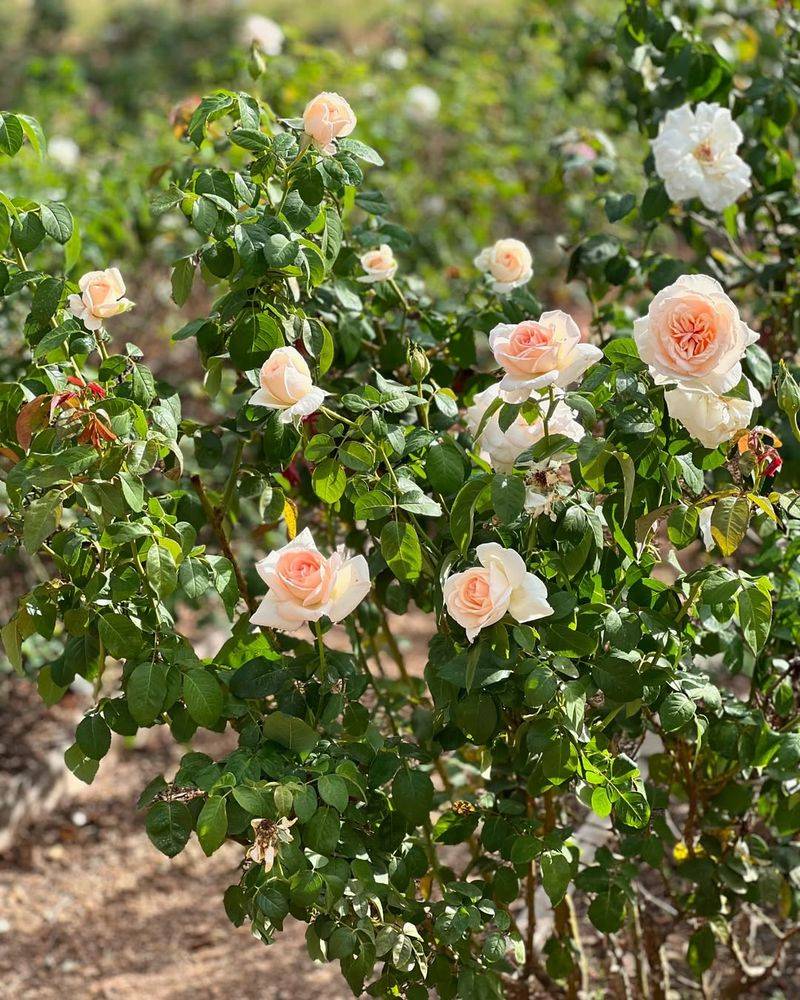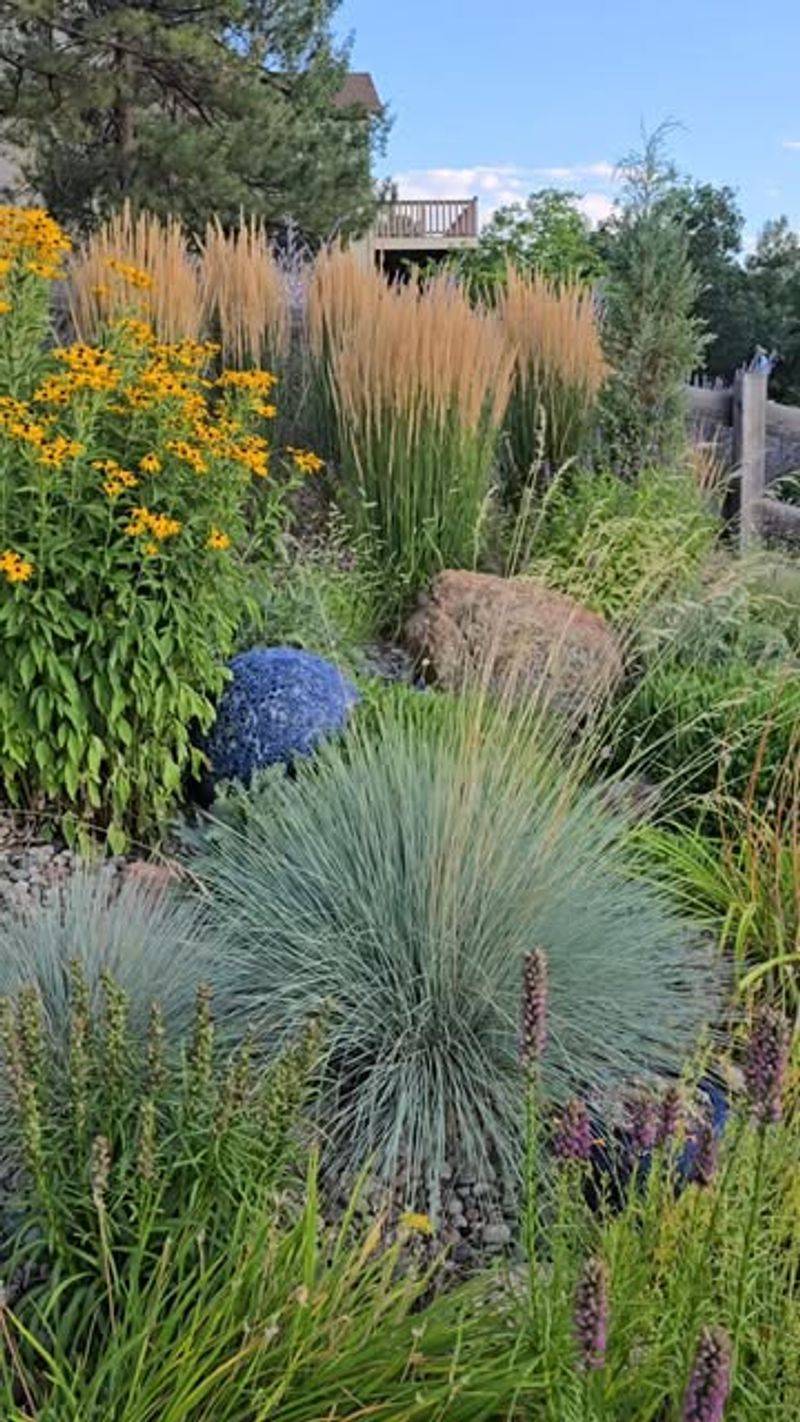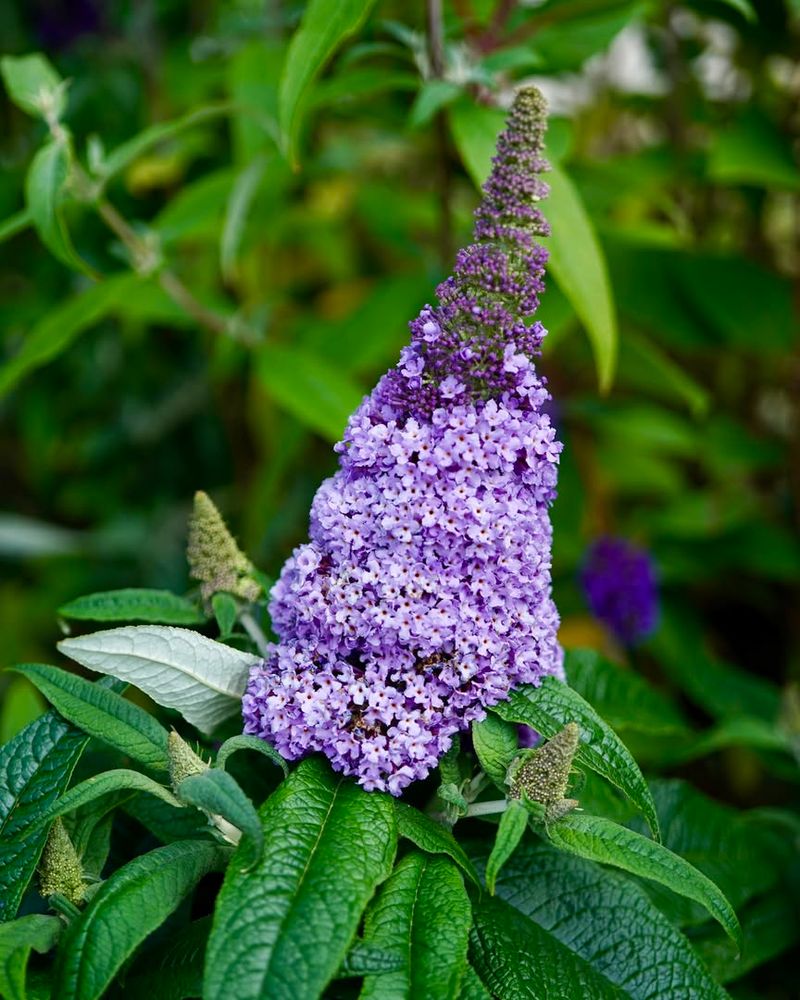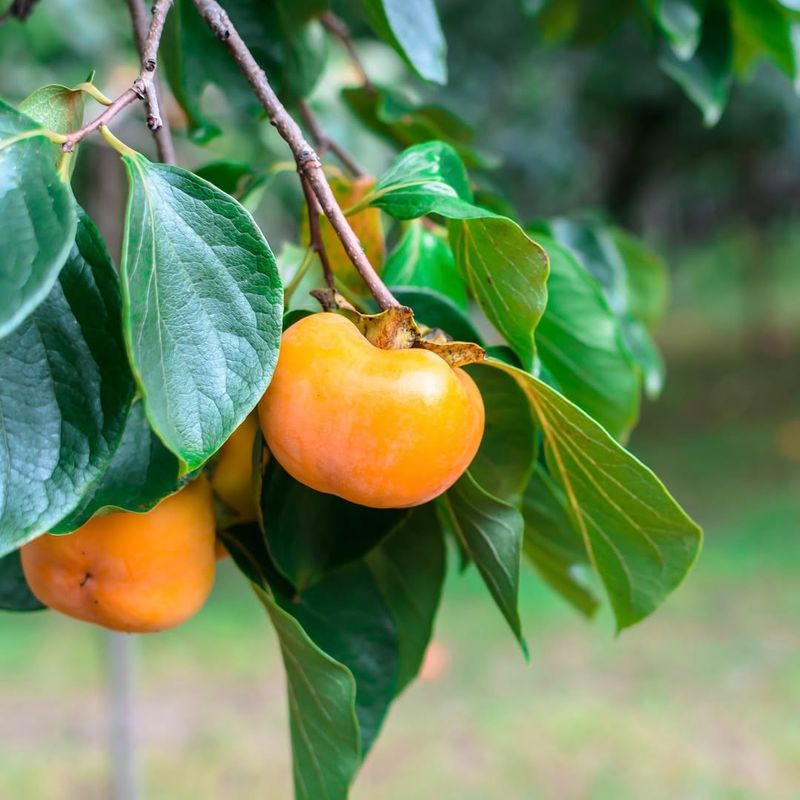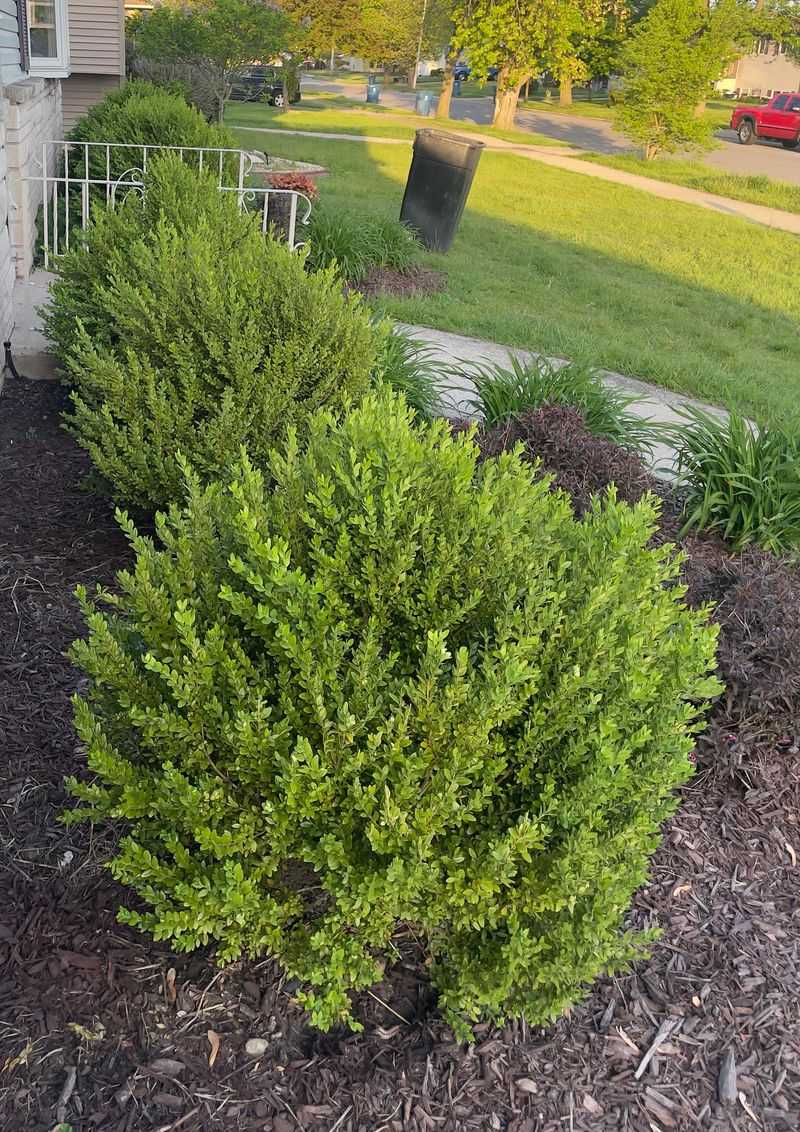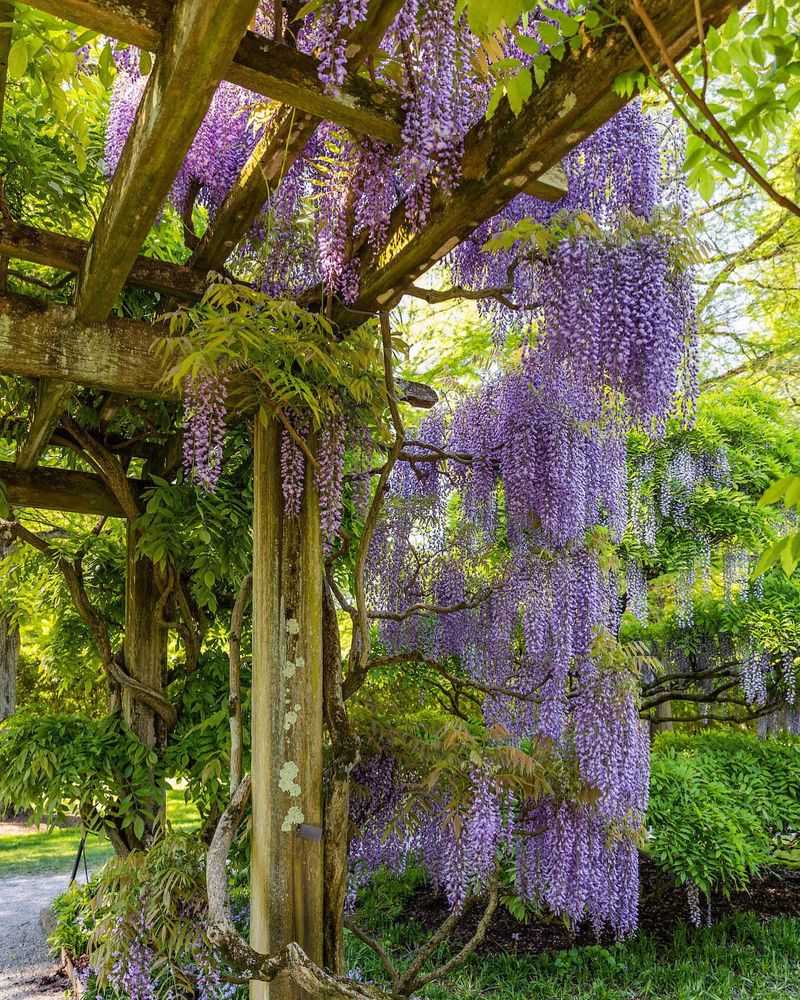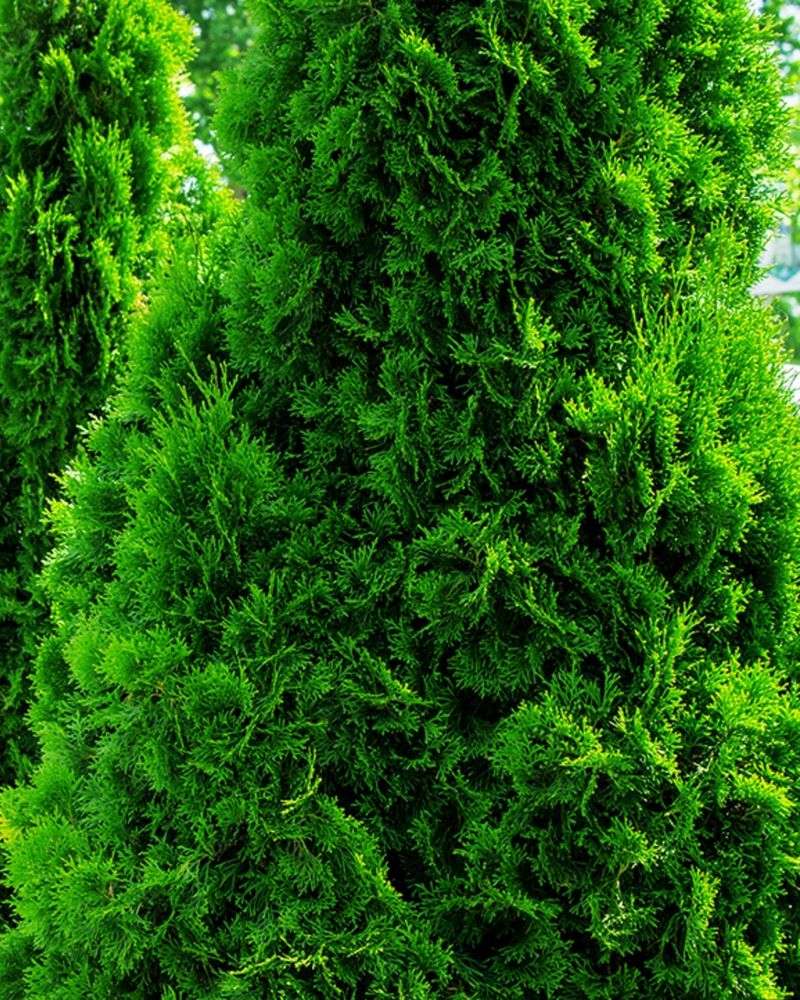November in Massachusetts has that crisp, tidy-up energy, and I’ve learned the hard way that some plants truly appreciate a good trim before winter hits.
A quick snip now can save you from messy, tangled growth when spring arrives. It also keeps certain shrubs and perennials healthier through the cold months. These are the plants that benefit the most from a little attention this time of year.
1. Hydrangeas
Late fall marks the perfect window for tidying up these beloved flowering shrubs across Massachusetts yards. Removing dead flower heads and crossing branches now prevents winter damage from heavy snow.
Bigleaf varieties need minimal cutting—just take out damaged wood. Panicle and smooth hydrangeas benefit from more aggressive shaping since they bloom on new growth.
Bay State gardeners should leave some old blooms for winter interest and protection.
2. Roses
Your rose bushes crave attention before Massachusetts winter sets in with full force. Cutting back overgrown canes reduces wind damage and prevents snow from breaking branches.
Focus on removing diseased or dead wood rather than heavy shaping—save major pruning for early spring. Hybrid teas and floribundas should be trimmed to about two feet tall.
Climbing roses just need cleanup of wayward growth and securing to supports.
3. Ornamental Grasses
Those graceful plumes waving in your Massachusetts yard have served their purpose through autumn. Cutting them down now prevents a messy spring cleanup and stops self-seeding varieties from spreading everywhere.
Bundle the stalks together and slice through with sharp shears about four inches from the ground. Some homeowners leave grasses standing for winter texture and bird habitat.
Either choice works fine in New England gardens.
4. Butterfly Bush
Buddleia thrives with a November haircut in Massachusetts landscapes, though many gardeners wait until spring. Removing spent flower spikes and reducing height by one-third prevents winter breakage from ice storms.
This vigorous grower bounces back quickly when warm weather returns. Dead or damaged branches should definitely come off now to improve air circulation.
Your butterflies will thank you next summer with increased blooms.
5. Clematis
Understanding your clematis variety determines the right trimming approach for Massachusetts growers. Group 3 types that bloom on new wood benefit from cutting back to strong buds now.
Group 1 and 2 varieties need gentler treatment—just remove dead vines and tangled growth. Check plant tags before making cuts to avoid sacrificing next year’s flowers.
Late-season trimming helps prevent disease issues common in New England’s damp springs.
6. Fruit Trees
Apple and pear trees throughout Massachusetts benefit from thoughtful November attention before deep winter arrives. Removing water sprouts, crossing branches, and diseased wood improves tree structure and fruit production.
Wait until leaves have fully dropped so you can clearly see the branch framework. Make clean cuts just outside the branch collar to promote proper healing.
Peach and cherry trees should wait until late winter in the Bay State.
7. Boxwood
These classic evergreen hedges need one final shaping before Massachusetts winter locks everything in place. Light trimming removes summer growth and maintains crisp edges without stimulating tender new shoots.
Avoid heavy cuts that expose interior branches to freezing temperatures and drying winds. Focus on removing dead or damaged sections and maintaining the established shape.
Many New England gardeners prefer waiting until early spring for major boxwood work.
8. Perennial Flowers
Hostas, daylilies, and other perennials turn mushy after Massachusetts frosts hit hard. Cutting back dead foliage now reduces disease problems and slug hiding spots for next season.
Leave ornamental seed heads like coneflowers and black-eyed Susans for winter bird food if desired. Trim everything to about three inches above ground level.
Spread the cut material in compost piles rather than leaving it around plant crowns where it traps moisture.
9. Wisteria
Aggressive growers like wisteria demand regular control in Massachusetts landscapes to prevent them from swallowing structures whole. November offers a second pruning opportunity after the summer trim to shorten long whippy shoots.
Cut new growth back to five or six buds from the main framework. This encourages flower bud formation for spectacular spring displays.
Bay State gardeners appreciate how winter pruning reveals the vine’s architectural beauty and keeps growth manageable.
10. Raspberries and Blackberries
Berry patches across Massachusetts need cleanup before snow buries everything until spring thaw. Remove all canes that produced fruit this year since they will not bear again.
Cut them right to the ground and dispose of the old wood to reduce disease carryover. Thin remaining canes to improve air circulation and light penetration.
Fall-bearing varieties can be mowed completely down if you prefer one large summer crop in New England gardens.
11. Lilac Bushes
While spring remains the ideal trimming time for lilacs, November works for emergency Massachusetts maintenance. Remove only dead, diseased, or damaged branches that could break under snow load.
Avoid cutting healthy wood since you will sacrifice next spring’s fragrant blooms. Overgrown suckers stealing energy from the main plant can be removed now.
Save major reshaping for right after flowering when Bay State lilacs have months to develop new flower buds.
12. Evergreen Shrubs
Yews, junipers, and arborvitae throughout Massachusetts landscapes benefit from gentle November shaping before winter weather dominates. Light trimming maintains size and removes broken branches without encouraging vulnerable new growth.
Avoid cutting into old wood on most evergreens since it rarely produces new needles. Focus on maintaining natural form rather than creating formal shapes this late.
Heavy snow can split multi-stemmed evergreens, so consider tying them loosely in New England yards.



